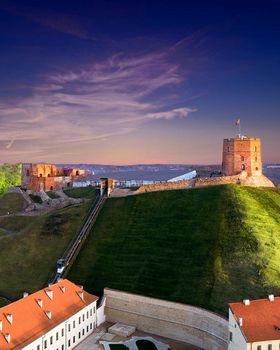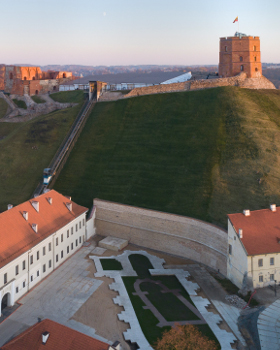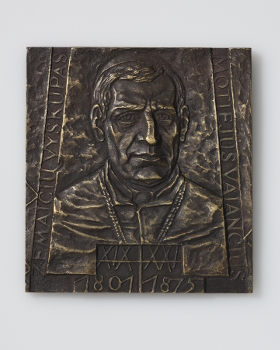Textile
The textile collection contains textiles and needlework, clothes, jewellery, 19th–20th century official and military uniforms and casual clothes produced by Lithuanian and European guilds and manufactures, which reflect the local weaving, sewing and embroidering traditions and clothing fashions. The larger part of the collection is comprised of liturgical textile – liturgical clothes and other needlework meant for church rituals. These exhibits including the liturgical vestments of Unitarian priests (16th c.) are among the oldest. A banner of the Trakai voivodeship (late 16th c.), a fragment of the baldachin of the bed, in which Władysław Vasa supposedly died in Merkinė, and a fragment of a military tent (18th c.) with the coat of arms of the Palubinski family are inherited from the Museum of Antiquities. A drapery with the coat of arms and initials of Michał Kazimierz Pac should be mentioned (artist Ian Leyniers from Brussels). The museum boasts quite a large collection of kontusz sashes, including the production of the leading manufactures (Slutsk, Grodno) and masters (Leon Madžarski) of the Grand Duchy of Lithuania. There is a rich collection of clothing and accessories from the first half of the 20th century. Uniforms of the Lithuanian army of 1918–1940 and our days constitute quite a large part of the collection.
 Back
Back 













